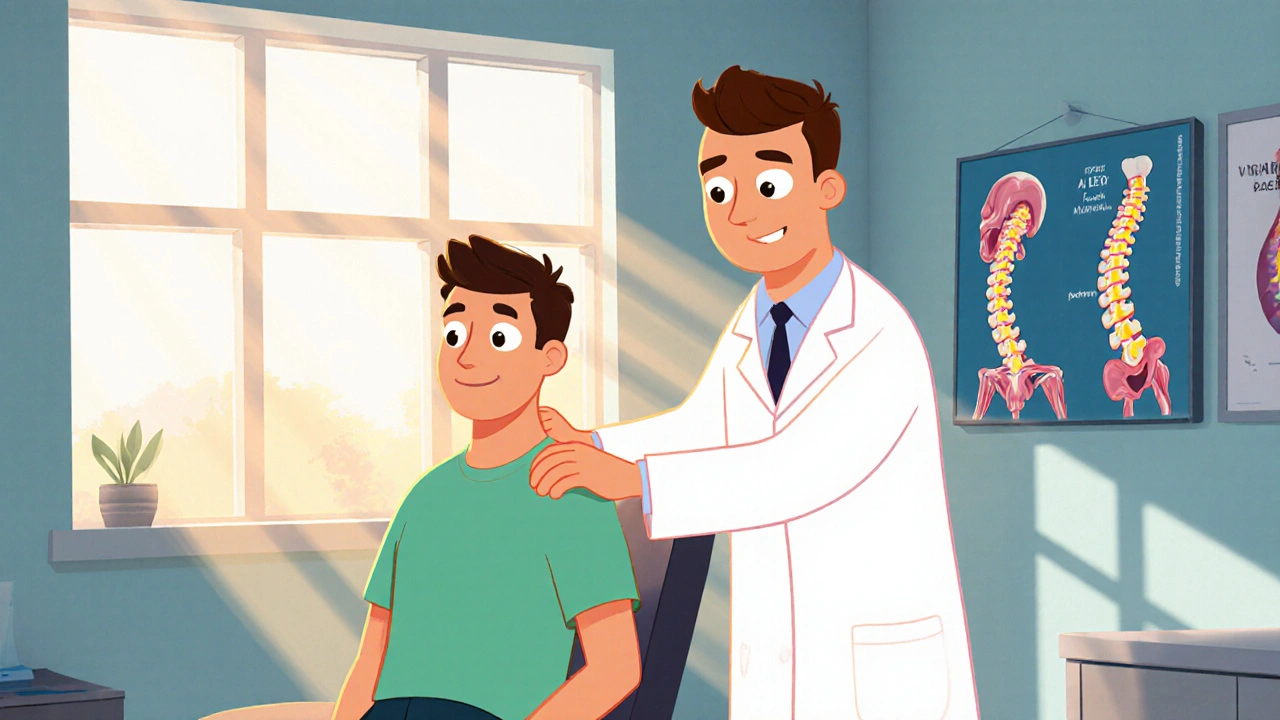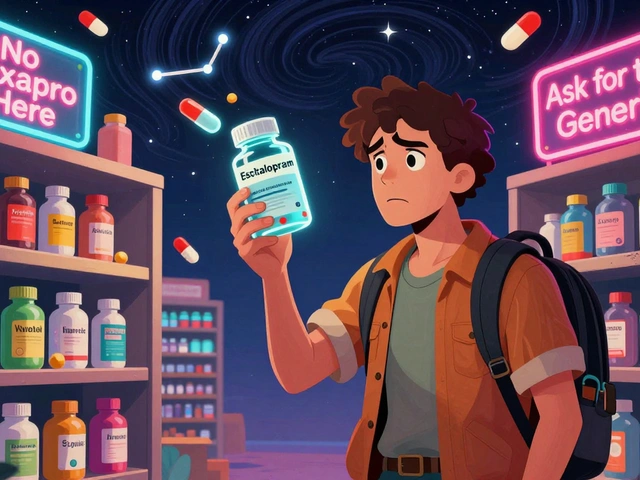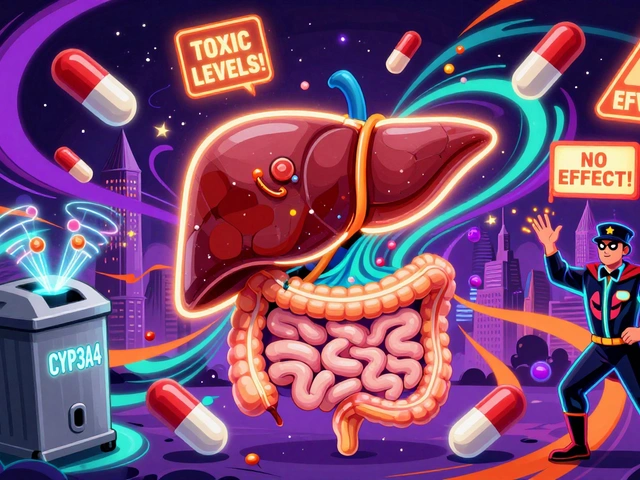Rehabilitation: Your Guide to Recovery and Therapy Options
When tackling rehabilitation, a structured process that helps people regain functional abilities after illness, injury, or dependency. Also known as rehab, rehabilitation blends medical care, therapy, and lifestyle changes to restore independence. It isn’t just a single program; it’s a coordinated effort that adapts to each person’s goals and limitations. By setting clear milestones, clinicians can track progress and adjust the plan in real time, keeping motivation high and setbacks low.
Core Therapies That Shape Successful Recovery
At the heart of any rehabilitation journey are hands‑on treatments that rebuild strength and function. Physical therapy, exercise‑based treatment aimed at restoring movement and strength tackles muscle imbalances, joint pain, and mobility limits. Meanwhile, Occupational therapy, focused on helping individuals perform daily activities safely and efficiently teaches practical skills like dressing, cooking, and using adaptive tools. Together they form a two‑pronged approach: physical therapy repairs the body, while occupational therapy translates that recovery into real‑world independence.
Recovery isn’t only about the musculoskeletal system. For many, especially those overcoming substance use, Addiction treatment, a set of medical and behavioral interventions designed to end dependency and prevent relapse becomes a critical component of rehabilitation. Medication‑assisted options, counseling, and support groups create a stable foundation, allowing the body and mind to focus on physical healing. When addiction treatment is integrated early, it boosts the effectiveness of physical and occupational therapies, reducing the risk of setbacks caused by cravings or withdrawal.
Communication challenges often hide behind other symptoms, yet they can stall progress. Speech therapy, targeted exercises that improve speech, swallowing, and language skills addresses these gaps. Whether a stroke has weakened vocal cords or a neurological condition hinders articulation, speech therapists work alongside physical and occupational therapists to ensure the whole person regains functional independence. Their work directly influences daily life—clear speech improves social interaction, confidence, and even adherence to medication schedules.
Modern rehabilitation also leverages medication‑assisted strategies beyond addiction care. For conditions like chronic pain, spasticity, or muscle wasting, clinicians may prescribe agents such as muscle relaxants, analgesics, or disease‑modifying drugs. These medications support therapy by reducing pain, enhancing mobility, or slowing disease progression, enabling patients to participate more fully in active treatments. When prescribed responsibly and paired with monitoring, they become a bridge between passive recovery and active participation.
All these pieces—physical therapy, occupational therapy, addiction treatment, speech therapy, and supportive medications—interlock to form a comprehensive rehabilitation ecosystem. Understanding how each fits together helps you choose the right path and set realistic expectations. Below you’ll find detailed comparisons, dosage guides, safety tips, and practical advice that dive deeper into each therapy and medication option, giving you the tools to make informed decisions for your recovery journey.
How Chiropractic Care Helps Manage Skeletal Muscle Conditions
Explore how chiropractic care can relieve muscle pain, improve range of motion, and support rehab for skeletal muscle conditions. Learn techniques, evidence, and when to seek a chiropractor.





